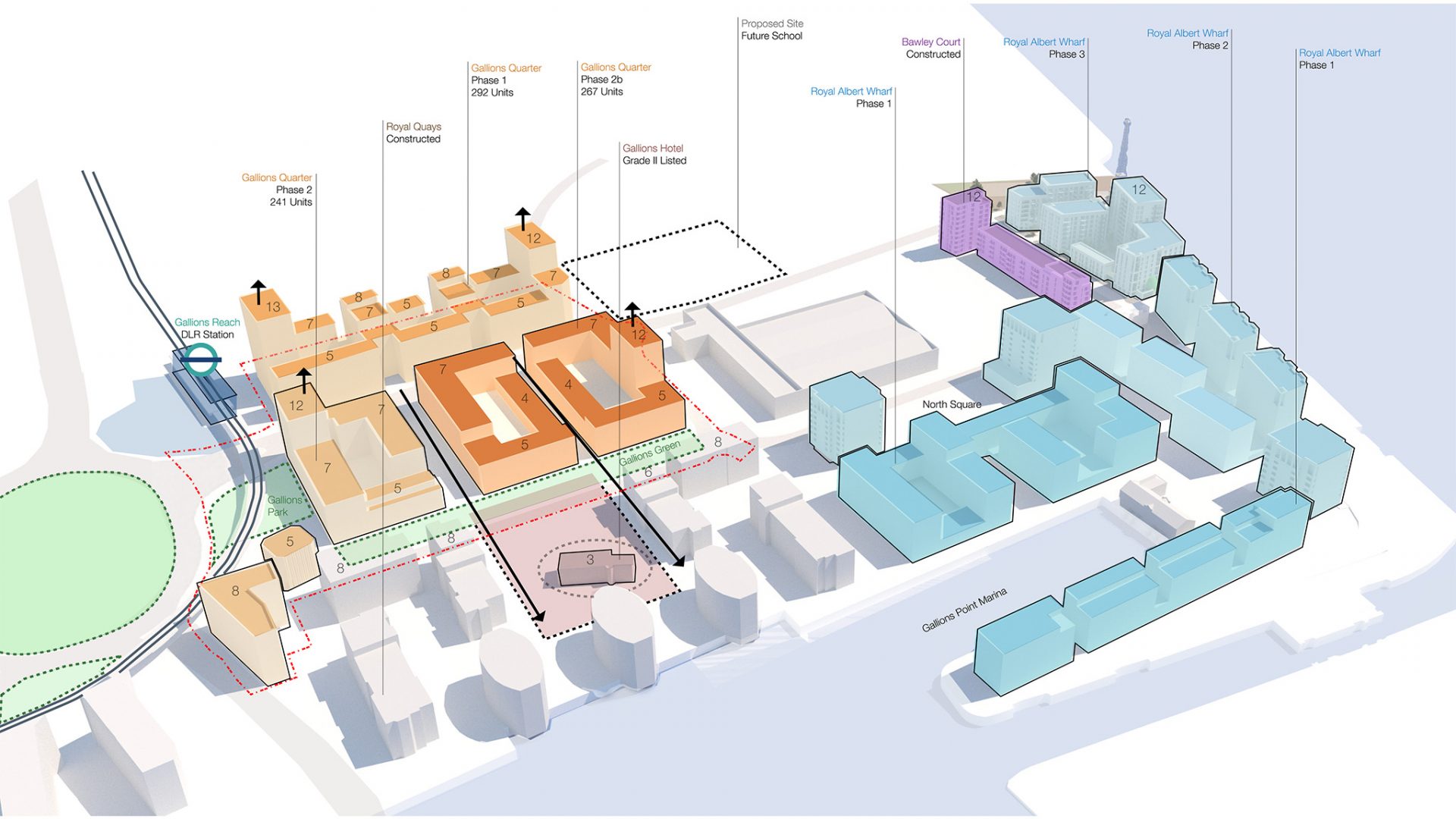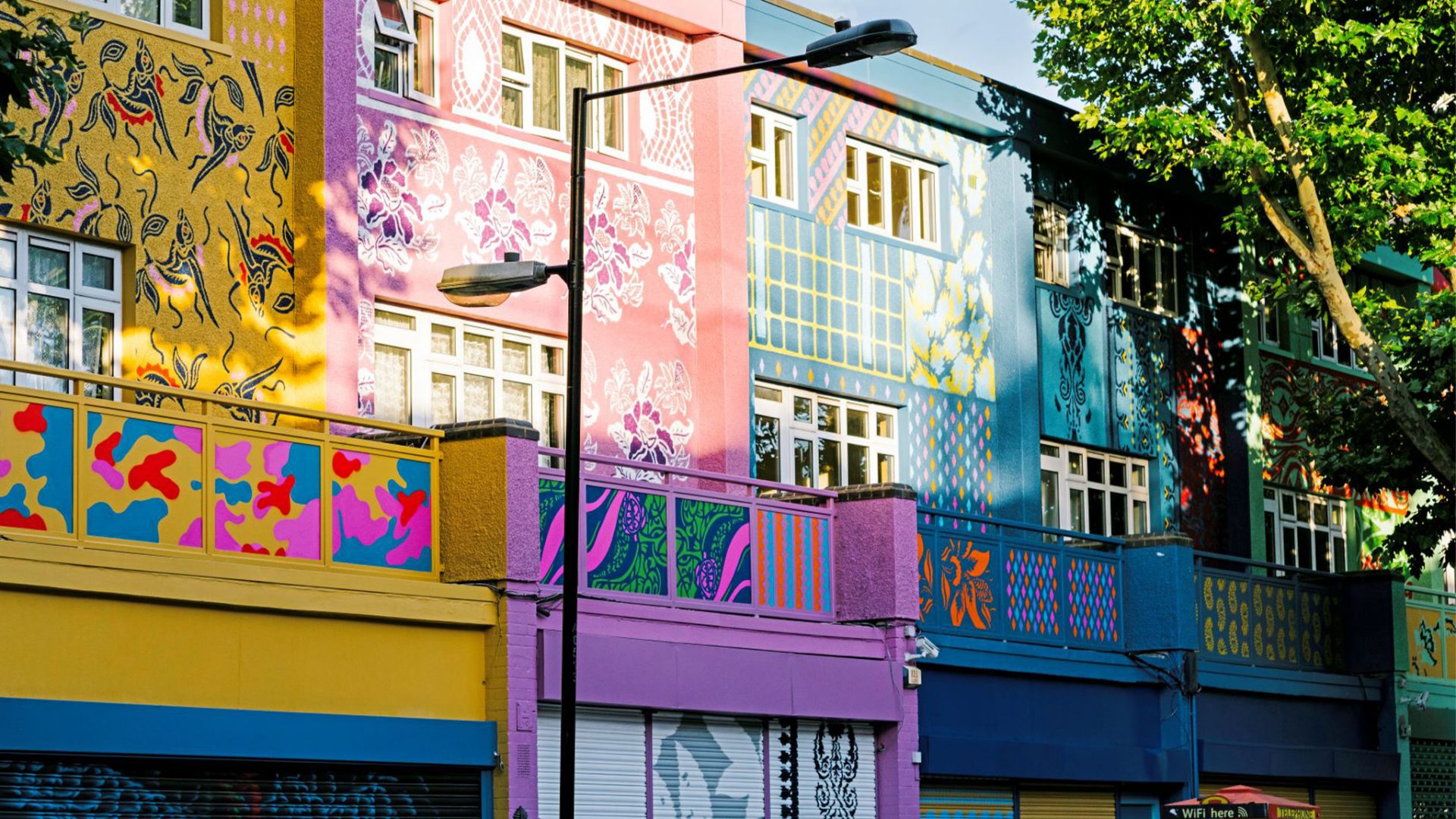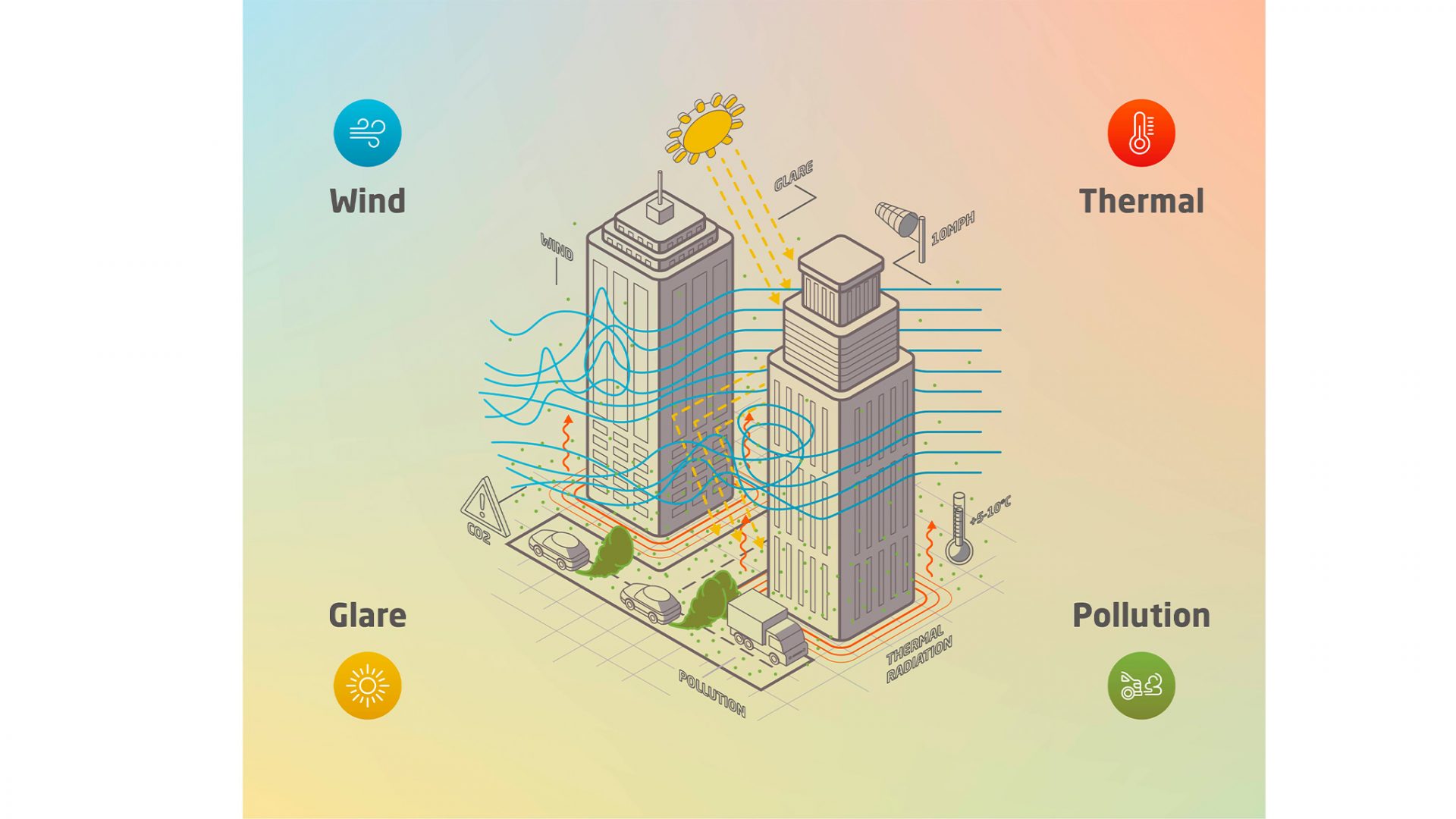Martyn Evans is Development Director at the Darlington Hall Estate and Deputy Chair of the London Festival of Architecture. In this essay he shares some of his thoughts on our 2019 festival theme of boundaries.

Where does one place end and another begin? The nature of commercial development in cities like London means that sites are almost always developed in complete isolation. The need to deliver independently viable schemes drives development language: ‘Our scheme in Clapham’; ‘Our site in the heart of The City’. What this immediately engenders of course, however well the scheme is designed, is a sense of disconnection from the surrounding environment and an abrogation of responsibility to see an individual site as part of a living, breathing eco-system. The creation of false boundaries.
We can look back, with rose-tinted hindsight, to the days when Abercrombie and Forshaw had all of London on their drawing board and an opportunity to present a vision for the core of virtually an entire city. I’m sure there are many in London’s Boroughs and in City Hall who would love the power to deliver such a vision today. Fortunately, what happens to London now is delivered from a more localised and democratic imperative. Well…that’s the theory anyway.
Of course, the gutting of London’s borough planning departments by austerity and the private sector plucking out the best people, means that planning teams can just about deal with the workload of applications. The days when borough architects could design and control how community development played out are long gone, replaced by an adversarial system where the much deeper pockets of private sector developers tip the scales well in their favour. One of the clearest results of this is the piecemeal, boundary-strewn development programme that characterises much of London today.
So, what to do? How do we encourage developers to look over their own fences, to see the world around them and care about more than that which drives their development appraisals? Architects have a clear role to play. What drives architects, so much more than developers, is an understanding of people. How they want to live, work and relax and how they want to interact with the places where they live. That requires an inherent understanding of how boundaries are broken down, how people travel and how they relate to those around them. Like meerkats, architects need to be the first up on their hind legs, sniffing out what’s going on in the world and reporting back to the group – in this case, their clients.
It’s the responsibility of developers to work WITH planners to demonstrate a clear understanding that whilst there might be real financial and construction boundaries to development schemes in cities, political and social boundaries only exist where they are built. How about if we all came to work every day determined to step outside the boundaries we create, work together and see our city for what it is, a beautiful mess that works best when it is at its most free.






